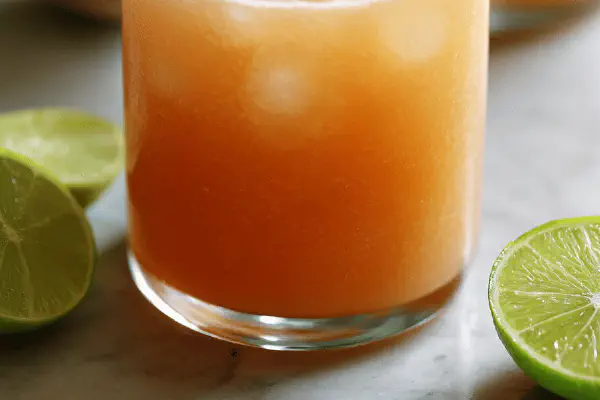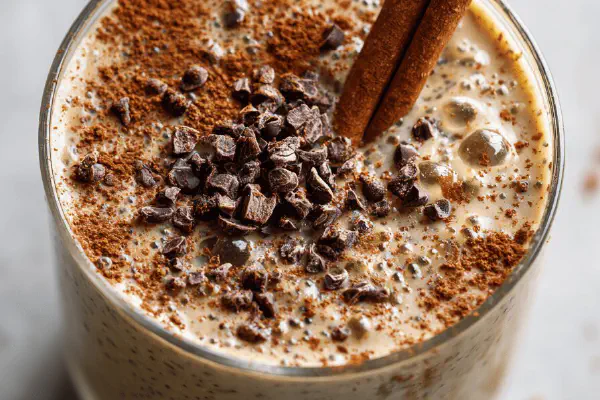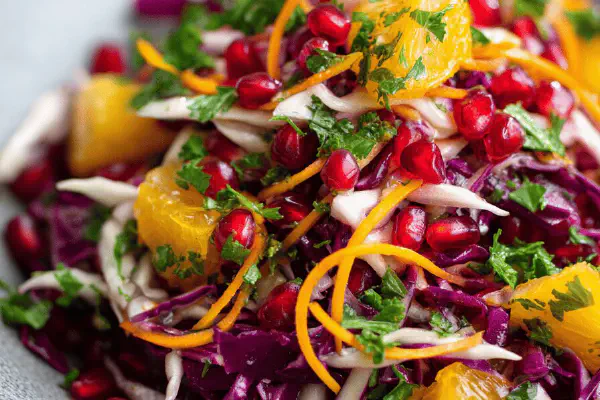Melon Aloe Refresher

By Emma
Certified Culinary Professional
Ingredients
- 1 leaf aloe vera approx 200 g peeled and trimmed
- 1/2 honey dew melon peeled seeded and chunked
- 500 ml cold water
- 45 ml freshly squeezed lime juice
- 30 ml maple syrup
- 2 sprigs fresh mint leaves
About the ingredients
Method
- Start by trimming aloe leaf: slice off both ends, then peel away the thick green skin carefully, avoiding yellow latex—causes bitterness and rash. Use tactile feel to find clear gel; discard any cloudy or sticky bits. Need about 100 ml transparent gel. Rinse gel jelly under cool water to remove latex residue, pat dry.
- Prepare melon: chunk into medium pieces. The honey dew’s firmness matters—too soft and juice gets mushy; too firm lacks juice. Test by pressing chunk gently—it should give slightly without collapsing.
- Throw into blender: aloe gel, melon chunks, cold water, lime juice, maple syrup for natural sweetness—not overpowering but noticeable. Skip agitation until all elements mix well, pulsing works best. Avoid overheating blender—use short bursts to keep foam minimal.
- Strain mixture through a fine mesh sieve lined with double muslin or cotton cloth. Press with back of spoon firmly, but slowly—this keeps juice clear, removes fibrous pulp.
- Notice the foam forming at the top? Skim this off promptly—the froth dulls fresh flavors and spoils texture.
- Add torn mint leaves directly into pitcher after straining. They’ll infuse aroma without overpowering the crisp melon notes. Let sit 5 min before serving chilled with ice cubes.
- Serve immediately for fresh notes. Refrigerate leftover for no longer than 24 hours; aloe degrades fast, juice turns bitter with time.
- Substitutions: If no honey dew, cantaloupe or even ripe pear works here. Lime juice can swap for lemon but expect slight tart shift. Maple syrup adds richer tone; agave or simple syrup acceptable alternatives but taste changes noticeably.
- Common slip-ups: Including yellow aloe skin = bitterness. Over blending makes foam and bitter juice. Rushing straining creates cloudy, gritty liquid. Over-minting can overpower subtle aloe charms.
Cooking tips
Chef's notes
- 💡 Peeling aloe skin carefully avoids bitter latex rash. Slice leaf ends first. Feel gel with fingers—clear, slippery sign safe. Rinse chunks cold water to remove sticky yellow bits. Yellow residue ruins flavor. Tactile check beats guesswork every time.
- 💡 Melon firmness key. Too soft means mushy juice; too hard yields dryness. Press chunk lightly—should yield slightly but not collapse. Texture affects liquid viscosity and taste balance. Adjust lime juice after melon taste; acidity needs caution or turns sharp.
- 💡 Pulse blender in short bursts only. Over blending heats mix, creates foam, reduces brightness and fresh notes. Foam traps bitter compounds—strain and skim as needed. Layer flavors by delaying mint addition until straining ends. Mint aroma volatile; too early extraction alters flavor.
- 💡 Use double muslin or cotton cloth-lined sieve. Slow pressure keeps juice clear, removes fibrous pulp without smooshing. Pulp increases cloudiness, bitterness. Gentle pressing better than force. Skim foam immediately. Foam spoils texture and dulls juncture of sweet-tart-herb flavor layers.
- 💡 Store juice chilled max 24 hours. Aloe gel degrades quickly, turning sour. Refrigerate in sealed container, consume fast. Stir or skim foam again after chilling—may reappear. Prepare in small batches to avoid blender overheating. Cold water base dilutes but preserves mouthfeel and chill.
Common questions
How do I avoid aloe bitterness?
Peel green skin fully. Yellow latex sticky spot causes itching and bitterness. Rinse gel chunks cold water right after peeling. Feel gel—should slip, not stick. Chop carefully slice ends first. Discard any cloudy bits that look slimy.
Can other fruits substitute honey dew melon?
Yes melon choice matters a lot. Use cantaloupe for earthier taste; ripe pear gives denser juice, less crisp. Mango sometimes used but expect thicker texture. Adjust maple syrup and lime juice if swapping; sweetness-tart balance shifts noticeably.
Why does foam form during blending?
Foam comes from over agitation and warm blending. Juice heats up, proteins and fibers trap air bubbles. It dulls flavors and leaves bitterness. Use pulsing short bursts; avoid long continuous runs. Skim foam immediately after straining or chilling.
How long can I store leftover juice?
About 24 hours max refrigerated in sealed container. Aloe degrades fast turning bitter and sour. Use chilled filtered water for dilution to slow degradation. Stir foam before serving. Freeze not recommended due to texture loss. Best to make fresh batches.



